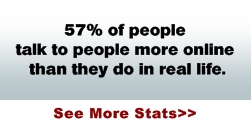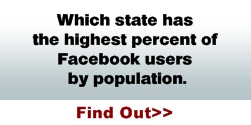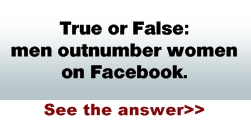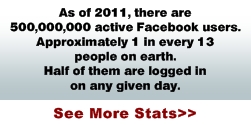Editor’s Note: In this, our fourth official issue (thanks, Austin!), Forefront is offering our own perspective on how technological advances have affected the ways we share information, form ideas, and spark action to shape communities.
At our core, Forefront is a reflection of these very advances. We’re using technology not just to provide thoughtful perspectives and meaningful information—we also want you to use the information to engage in Austin, to shape our community, and to write the next chapter of our city.
Technology advances incrementally, and we are contributing to that advancement by adding a new layer to Forefront that lets you, our readers, shape the stories. We’ve included a timeline with some seminal events that are meaningful from our perspective as writers and publishers. But we’re willing to bet that you have even more things to add from your vantage point. So we need you to tell us what technology advances—communications devices, DVRs, apps—have changed your life, your immediate community, or our collective community.
There are two ways you can help write the next timeline:
- Create a Forefront account and add your comments to the article.
- Post your comment on our Facebook page. (You should “Like” us too so that you can get ongoing updates from our partners and on these issues.)
We will collect the best ideas submitted by our readers (viewers? community? we’re so new that we don’t even have a name for you!), rebuild our timeline, and publish it here on our site on March 1.
Like all communications advances, we’re about much more than a cool website, e-mail journal, and Facebook app—we’re about sparking conversations, inspiring engagement, and motivating action.
Ever since Mr. Gutenberg perfected his moveable-type printing press so that Bibles could be made available in increments of 100s instead of 1s, technology advances have launched revolutions in how society receives, uses, and creates content—and how that content influences communities.
Gutenberg’s press democratized information. People were able to individually read, share, and promote independent and often revolutionary ideas. Through the Renaissance and industrial eras, technology advanced the elegance of these presses and their ability to mass-produce content. It took a few hundred years—and steam power, a few holy wars, a Reformation, and countless beheadings—but the reverberations of the moveable-type press forever changed the way individuals interacted with authorities and institutions.
The next technology wave helped society produce, manage, and disseminate more and more information unconstrained by geography and physical connections. First, telegraphs and telephones transferred information from point to point across great distances. Radio and television broadcasting allowed for transmission of information from one point to multiple locations. Then, the digitization of data, the Internet, and cable capacities produced significantly more information from which individuals could pick and choose the information they wanted.
These advancements had significant social implications as societies were connected more rapidly and directly than ever before. Our interactions with our immediate and distant communities changed dramatically as people gained increased visibility into every corner of the globe—indeed, beyond the globe. Conflicts and clashes erupted over who controlled the information, standards for dissemination, and standards for use.
But amid all these adjustments, information still effectively flowed in one direction. Until the day Mosaic, a commercial, graphic-interface web browser opened the door for two-way interaction with information and ushered in the consumer-control era.
Much as Gutenberg allowed individuals to read, interpret, criticize, laud, debunk, or retell the rules governing their society, Mosaic—the ultimate (so far) “killer app”—allowed individuals to create, criticize, promote, or retell stories about their world with their own fingertips. No longer did media flow in one direction; now, a lone computer user could publish his own information, tell his own story, and create his own content.
Since that first browser emerged, the gadgets, tools, and structures that allow individuals to interact with, change, and craft our community stories have mushroomed exponentially. From iPods to texting, Blackberries to iPhones, Facebook to Twitter, and Google to Wikipedia, digital communications technology is ubiquitous and is changing the fabric, interactions, and expectations of our communities.
And it’s causing quite a ruckus. An Australian is toppling international diplomatic efforts. A Facebook page launched a riot that ousted an Egyptian president. Cyberbullying is causing more teenage trauma than gym class ever did. And that was just in the last month or so!
At least after Gutenberg gave people new tools, we had a few hundred years or so of holy wars to get up to speed. Today it’s happening in the blink of an eye. Well, less, actually.
Our challenge is going to be understanding the new ways people interact and determining how to direct our communities in a time when anyone with a smartphone can launch a revolution.
Timeline data:
These are the critical advances that, from our viewpoint, have brought us to the current state of interactive communications. What would you add to the timeline? What devices, gadgets, systems, or apps…and why? How have they changed the way you work, interact with your immediate or larger community, view the world around you, or communicate on a global scale? Add a comment below (you’ll need a Forefront account) or post a comment on our Facebook page, and let us know. We’ll publish an expanded timeline, with the best comments we receive, on March 1.

What did we miss on our timeline? |











